Fantastic food inventions from every decade
Unforgettable kitchen innovations
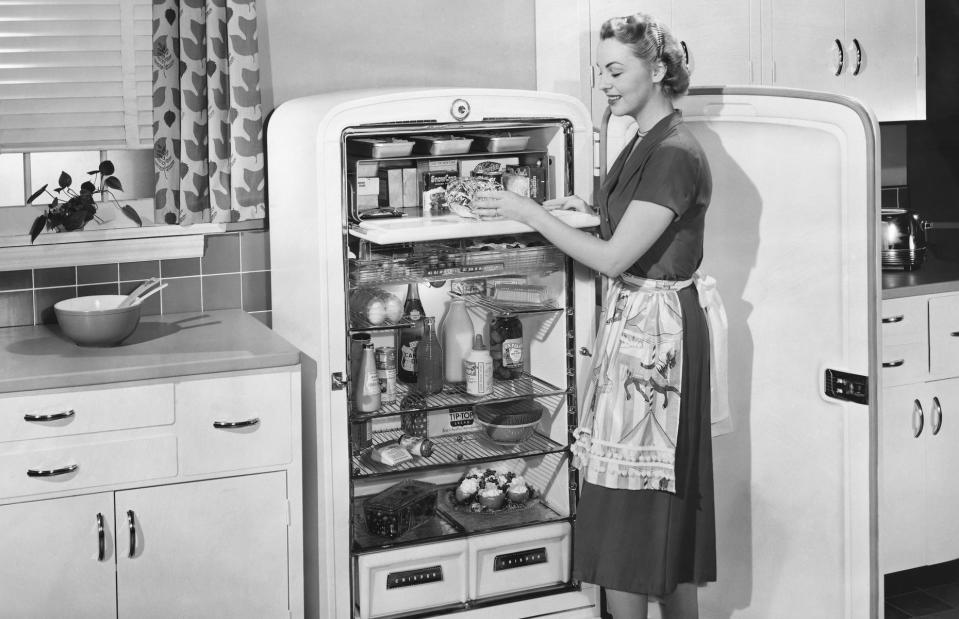
Everett Collection/Shutterstock
Kitchens are the heart of the house, home to the weekday morning breakfast rush, evening meals and family get-togethers. But while the formalities in the kitchen might not have changed much over the years, food and cooking trends definitely have. From frozen peas to fridges, we’ve set about searching for the best and most unforgettable innovations to rock the culinary world since the 1900s.
1900s: tin foil
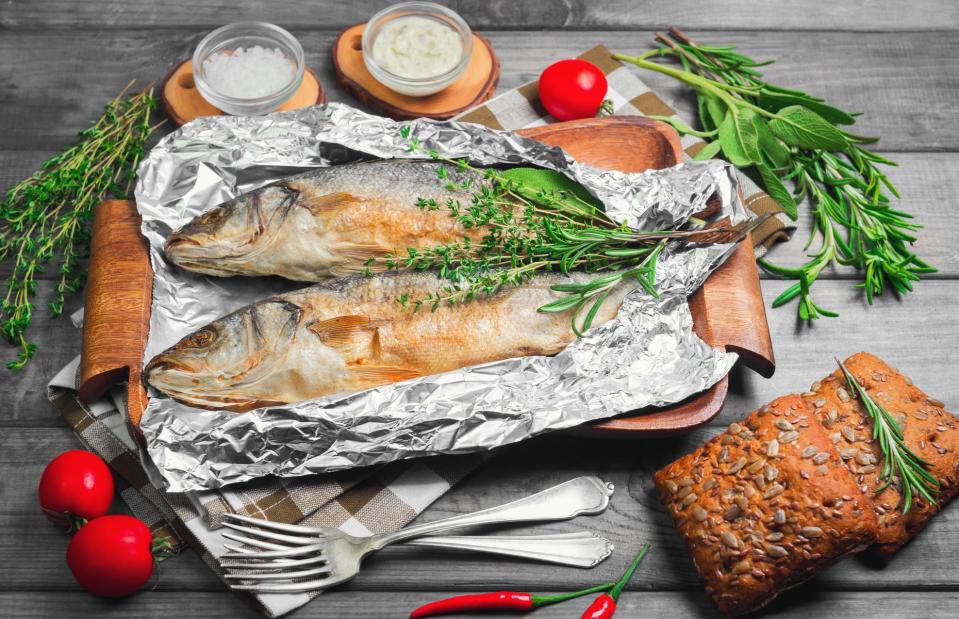
Sergey Fatin/Shutterstock
What has now become the ultimate kitchen staple, tin foil, also known as aluminium foil or silver foil, wasn’t created until the early 1900s in France. Although lots of people still call it "tin foil", it's in fact made from aluminium. Used for everything from lining baking tins, to steaming vegetables and fish and wrapping up leftovers, it's one of the most common kitchen items. Outside of the kitchen, during the Second World War, it was used by the RAF to deceive German bombers. It's also a huge bonus that it's widely recyclable.
1900s: Sodastream
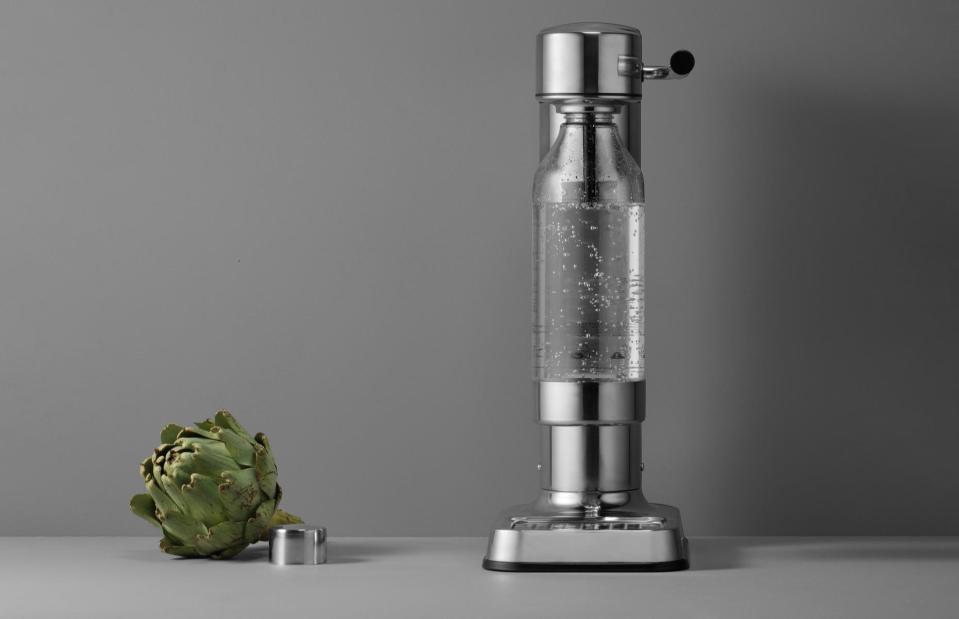
Yozik Koshechkin Shutterstock
Bubbles! Bubbles! And more bubbles! Fizzy drinks seem like such a modern invention, but with the advent of Coca-Cola in the late 19th century, this drink style has been around for more than 100 years. Amazingly, the ability to produce homemade carbonated beverages is also an age-old invention too, with the Sodastream company being founded in 1903. Over the years, this kitchen gadget has gone through waves in popularity – and was huge in the 1970s and 1980s – but with households looking for new ways to eliminate single-use plastic bottles, it's once again back in fashion.
1900s: Thermos flask
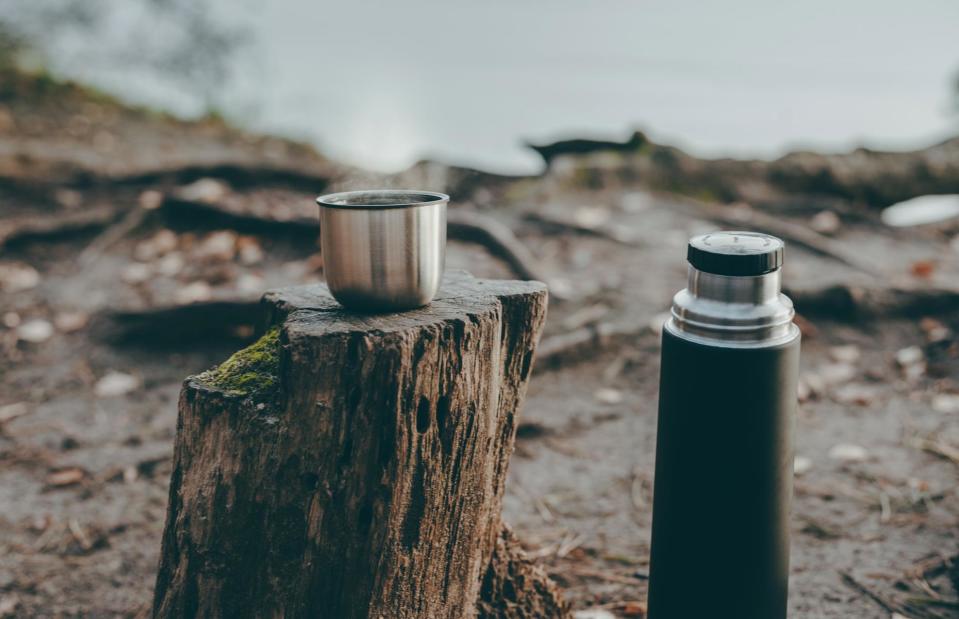
Olga wspl/Shutterstock
From homemade fizz to hot brews, the first Thermos graced our kitchen cupboards in 1903. What a year for drinks that turned out to be. Since then, the humble Thermos flask has been a must-have item for anyone venturing outside. With memories of picnics in the park, pouring warming soup into the little plastic cup on a cold winter's day, or clutching your coffee-filled Thermos for warmth while you wait for the train, this little flask was a scientific breakthrough then, and remains a popular item to this day.
1910s: home refrigeration
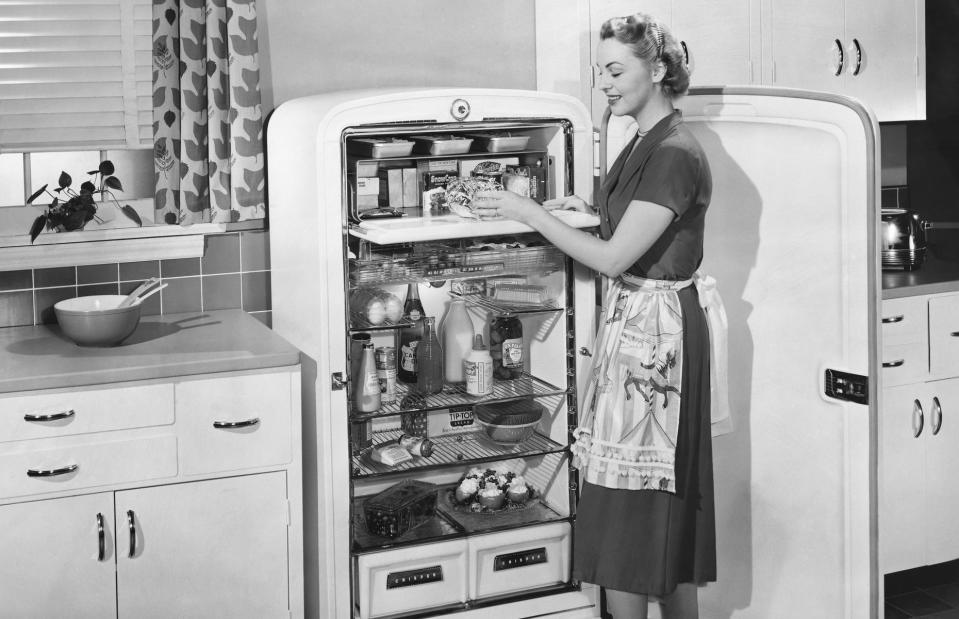
Everett Collection/Shutterstock
The concept of needing to keep food chilled is thousands of years old, but we’ve been keeping it cool in our kitchens since 1913, when American inventor Fred W Wolf brought us the first domestic electric refrigerator. A serious breakthrough, the fridge was vital in keeping foods fresher for longer (and for keeping those drinks nice and chilled). At first a luxury for only the wealthiest in society, it's now a common sight in the average household, with designs and functionalities evolving over the years – from twin doors, ice machines, and of course, different colours and styles depending on the fashion.
1910s: aeroplane food
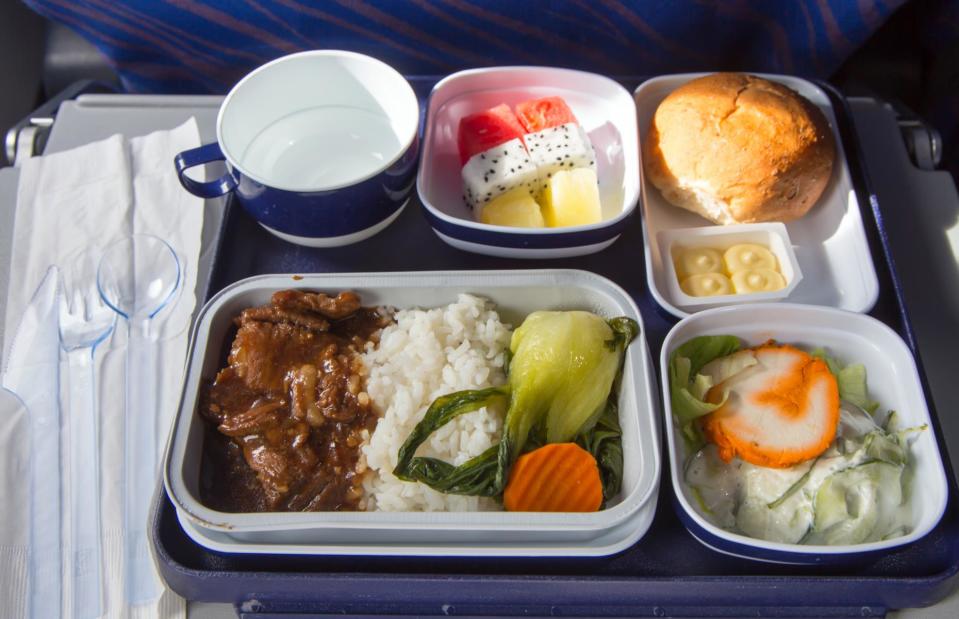
Skycolors/Shutterstock
Aeroplane food. You either love it, or you loathe it. For many, the first thought that comes to mind is of a sectioned silver tray, with lukewarm food, a slightly stale bread bun and disposable cutlery in a plastic wrapper. Those kinds of meals appeared in the 1940s, but the first food served in the air was a bit different to that. It also happened all the way back in 1919. The meal consisted of sandwiches and a fruit salad, served on delicate china, and was served to passengers on board a Handley Page biplane flight.
1910s: Pyrex
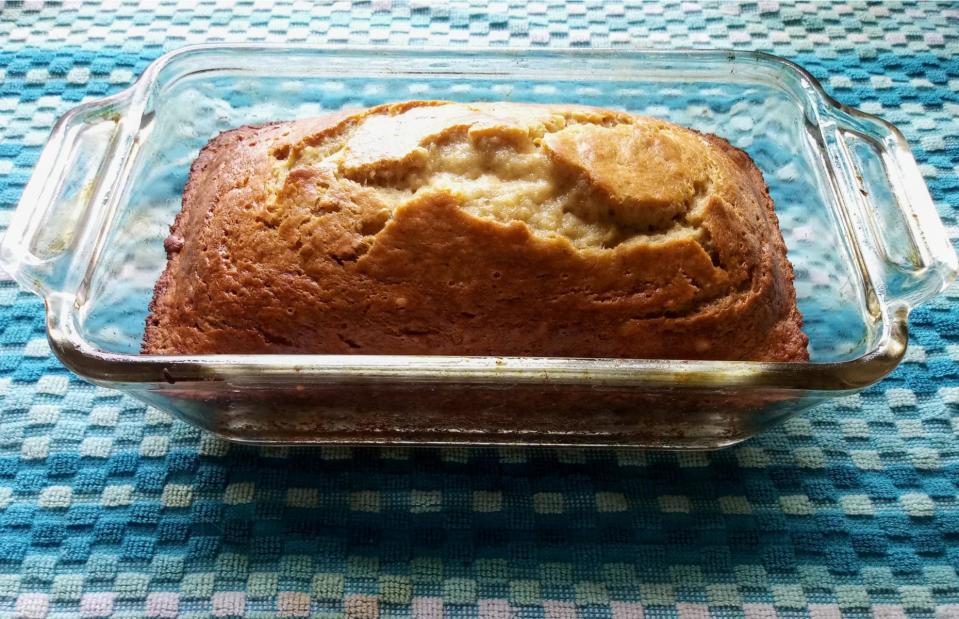
TheLazyPineapple/Shutterstock
Having a glass dish that isn't going to smash during cooking is something everyone strives to have – and we all have Bessie Littleton to thank. She was sick of having glass dishes break after one use in the oven, and asked her engineer husband if she could borrow some of his company Corning's Nonex glass to bake a cake in. It was a success, and after much experimenting, the company launched Pyrex. Made from a composite glass resistant to drastic changes in temperature and that can withstand both hot and cold too, the Pyrex dish immediately became a hit with cooks.
1920s: frozen peas
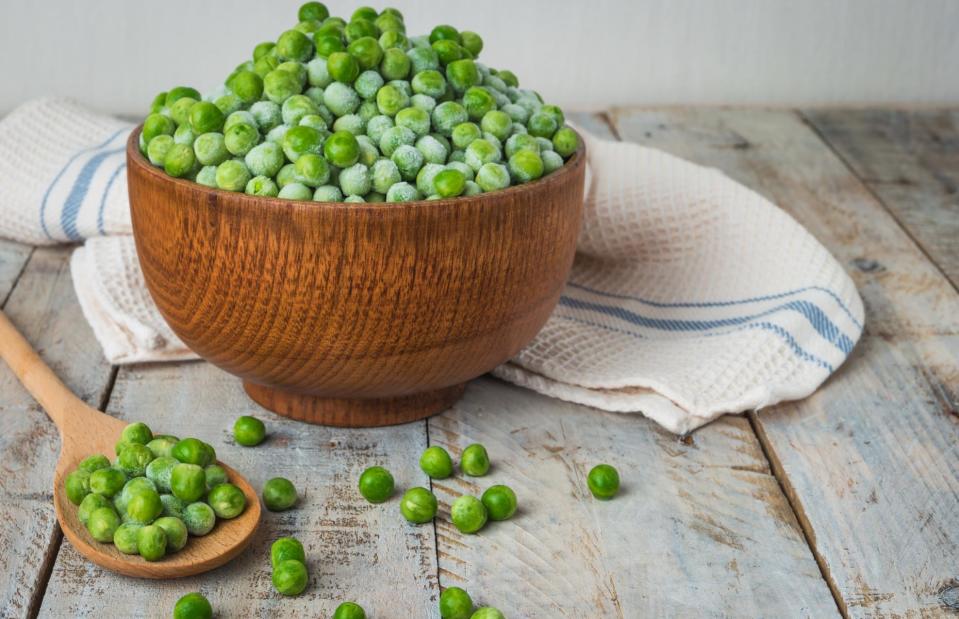
AnaMarques/Shutterstock
Whether you're eating them in any number of recipes, or have a bag handy in case of a sprained ankle, frozen peas are a household necessity. By the 1920s, the process of freezing food to preserve it was underway with fish, but it wasn’t until Mr Birdseye began experimenting with peas that the process was defined for vegetables. Using a technique of blanching and fast-freezing, Mr Birdseye developed a way to keep the quality and flavour of the peas packed in from the moment they were picked – a process which defines frozen food today.
1920s: sliced bread
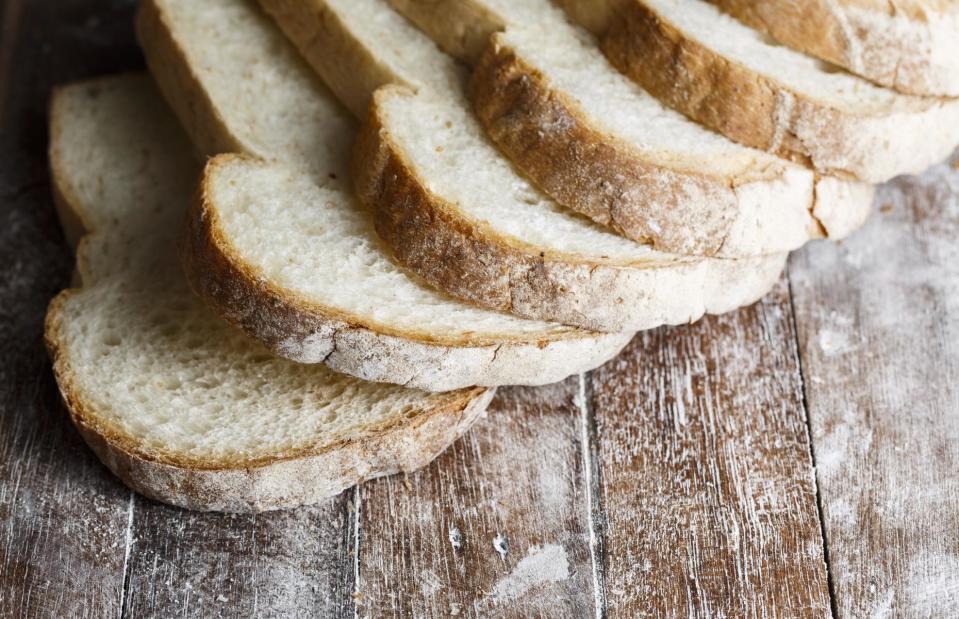
Nutnarin Khetwong/Shutterstock
Hailed as one of the greatest innovations of all time, sliced bread was a game-changer in the culinary world. How many times have you heard the phrase: "the best thing since sliced bread"? Humans may have been baking bread for thousands and thousands of years, but the bread slicer was only invented in 1928 by jeweller Otto Frederick Rohwedder. A newspaper at the time noted that people may find sliced bread "startling", but that it could also deliver "a thrill of pleasure". It didn’t take long before it was a hit with households around the US.
1930s: cling film
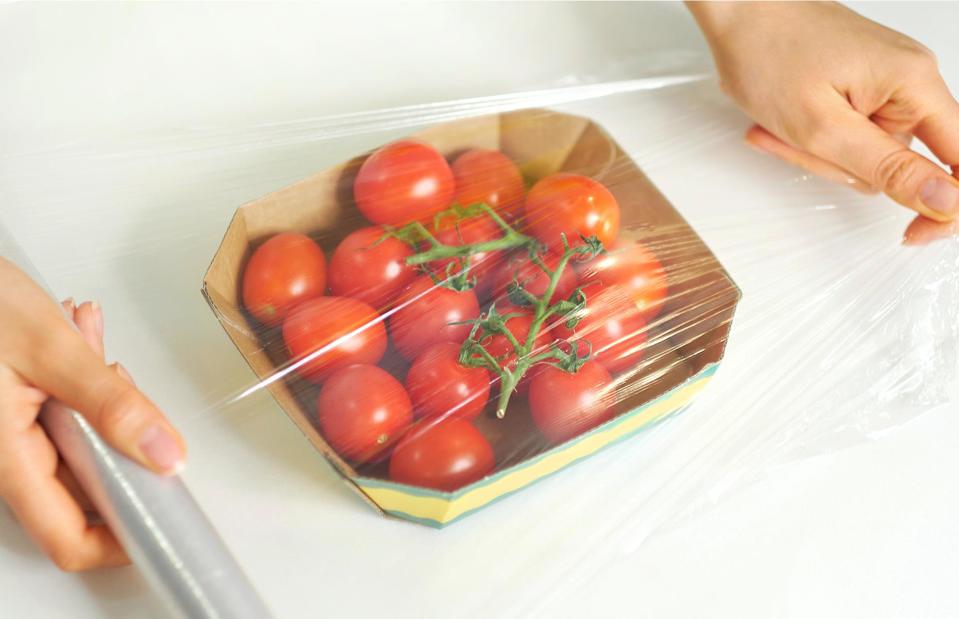
Yavdat/Shutterstock
Many good inventions happen by chance or accident. In 1933, Ralph Wiley accidentally discovered plastic wrap as a by-product of an altogether different experiment, when he couldn't wash out a beaker. Little did he know, this new product – to be widely known as cling film – was to become a staple of the kitchen for decades to come. In more recent years, there has been a concerted effort to find more environmentally friendly alternatives to plastic wrap as it's notoriously difficult to recycle.
1930s: Spam
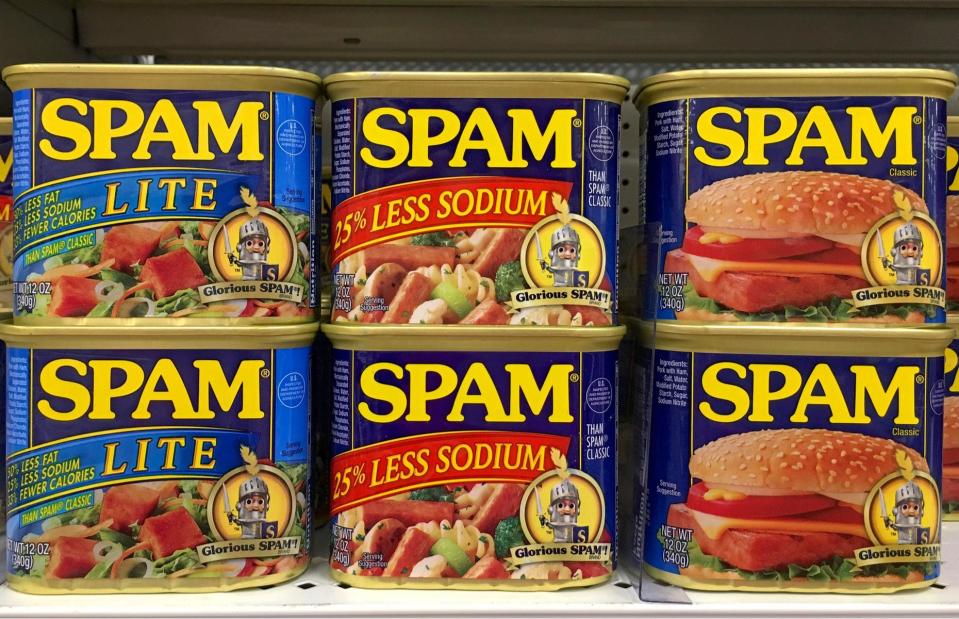
Sheila Fitzgerald/Shutterstock
Spam, the meat that comes in a can and shares its name with junk email messages has an interesting history. Introduced in the summer of 1937, it was a cheap way to eat meat towards the end of the Great Depression, and was served to soldiers during the Second World War as it could be shipped easily and lasted a long time. These days, it's available in 44 countries around the world, comes in all sorts of different flavours and even has its own museum complete with Spam ambassadors.
1930s: squash drinks
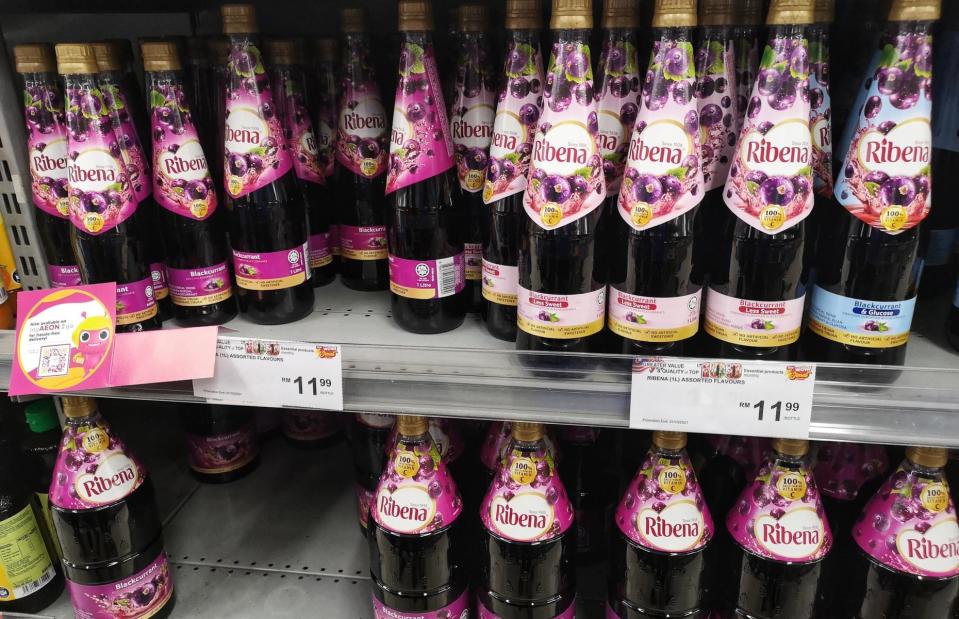
Zety Akhzar/Shutterstock
The first Robinsons 'squash' looked a little different to how it looks today. Invented by Mr Matthias Robinson in 1823, it was a powder made from barley groats. It wasn't until the 1930s when Robinsons transformed powered squash into the lemon barley water we know and love today. It debuted at Wimbledon, where it was – ahem – served to the players, and quickly became an iconic sight by the seats of the umpires. The Queen even gave the fruit-based drink a Royal Warrant in 1955.
1940s: Tupperware
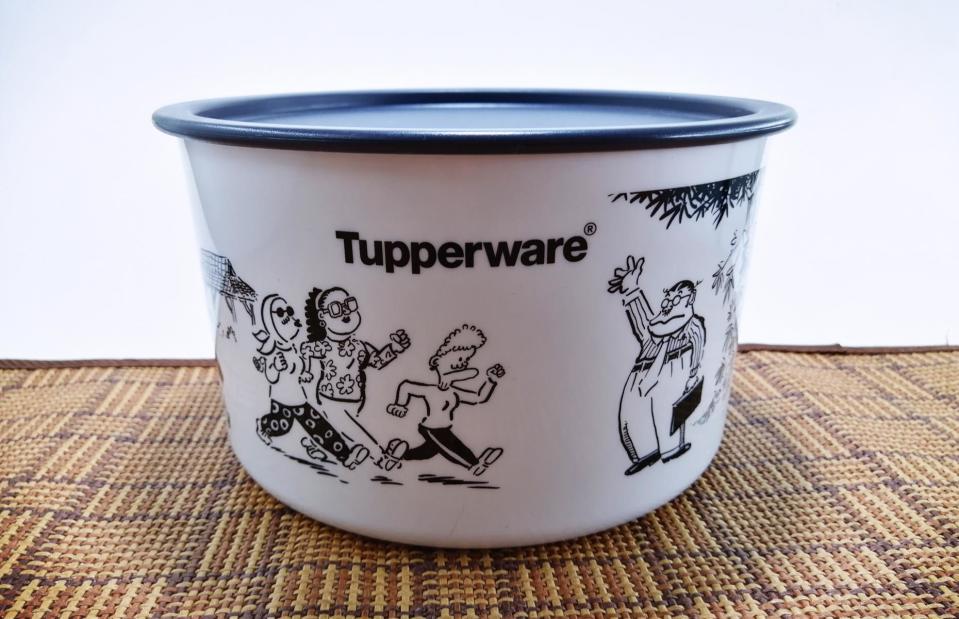
Ayah Raushan/Shutterstock
Launched in 1946 by Earl Tupper, Tupperware is the ultimate innovation when it comes to food storage. At the time, its design was so cutting-edge, customers required demonstrations on how to use it. But Tupperware wasn’t just a product or a brand – it was a part of everyday life – from the Tupperware parties hosted by housewives-turned-entrepreneurs in the 1950s, to the cupboards of mismatched Tupperware you'll find throughout kitchens today. It is a product that has stood the test of time.
1940s: dried yeast
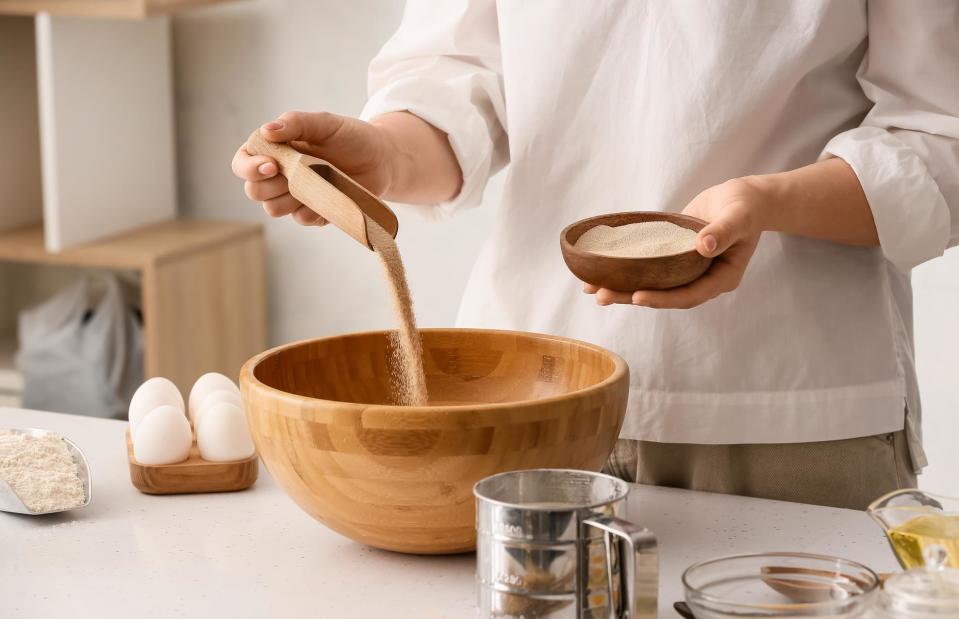
Pixel-Shot/Shutterstock
The Second World War brought about many inventions that are still in use today, and dried yeast is one of them. Created in 1943 by yeast manufacturer Fleischmanns, this new dried product was ideal for the times. As it didn’t need refrigerating, it meant even soldiers could make fresh bread. It was a revelation back then, and even to this day, it has transformed how we bake bread.
1950s: fast food
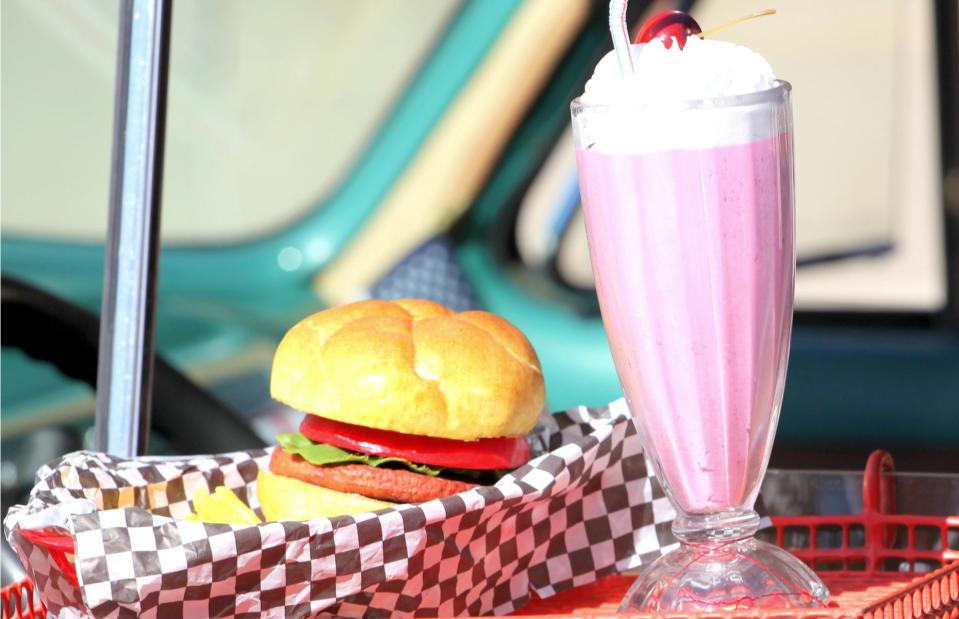
Oscar C. Williams/Shutterstock
The post-Second World War era was witness to some of the biggest changes in culinary culture, not just in the way people cooked, but in the way they ate too. From the first In-N-Out Burger drive-thru restaurant in 1948, to the Colonel’s first KFC restaurant opening in 1952, to the golden arches of McDonald's mapping out the skyline in 1955. Just think Grease and swing skirts, drive-thrus and fast food, and you have the pinnacle of 50s life.
1950s: instant noodles
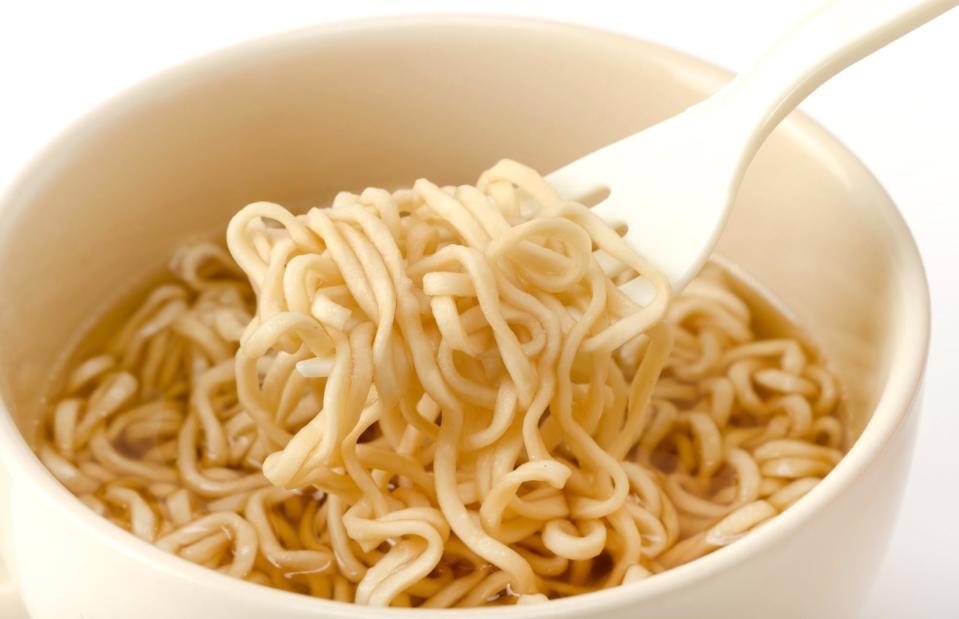
Kariphoto/Shutterstock
The food of the 1950s wasn’t all just about eating out. With time suddenly of the essence, convenience food elevated in popularity – and instant noodles became big business. Invented in Japan in 1958 by Momofuku Ando of Nissin Foods, "magic ramen" became a worldwide hit. The first flavour, chicken ramen, came from a year of research using common tools in Ando's backyard shed.
1950s: TV dinners

Berg Dmitry/Shutterstock
During the 1950s, the number of people owning a television set started to rocket – and with it came the rise of a new type of family time: TV time. Unsurprisingly, it didn’t take long for the first TV meal to be marketed. While there's some argument surrounding the invention, in 1953 Swanson salesman, Gerry Thomas came up with a plan to freeze meals after seeing the company had 235 tonnes of turkey left after Thanksgiving, and the company had the marketing prowess to spread the word around the States. Cornbread stuffing, sweet potatoes and peas were added to make up the meal.
1950s: aluminium drinks can
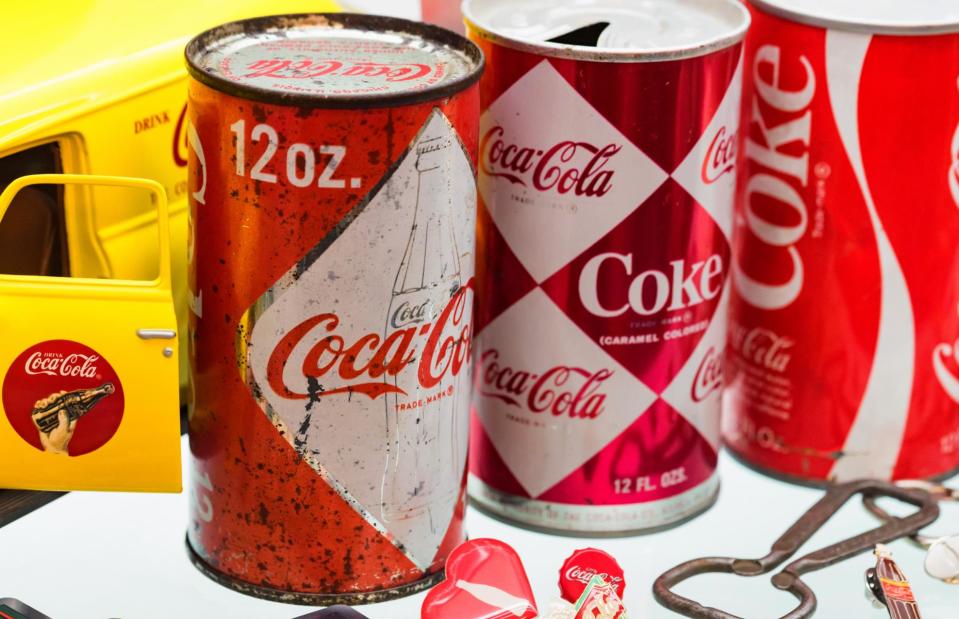
Yakov Oskanov/Shutterstock
Steel cans had been around for several decades before aluminium cans, but weren't recyclable and gave drinks a funny metallic taste, which of course, no-one wanted. The Adolph Coors Co. (now Molson Coors) produced the first two-piece aluminium can in the late 1950s which became the industry standard. Widely recyclable, the drinks can made a mark for itself, keeping drinks cooler for longer and not ruining the taste. They of course remain popular today, and are even a collectable item for some people – especially Coca-Cola cans.
1960s: plastic bags
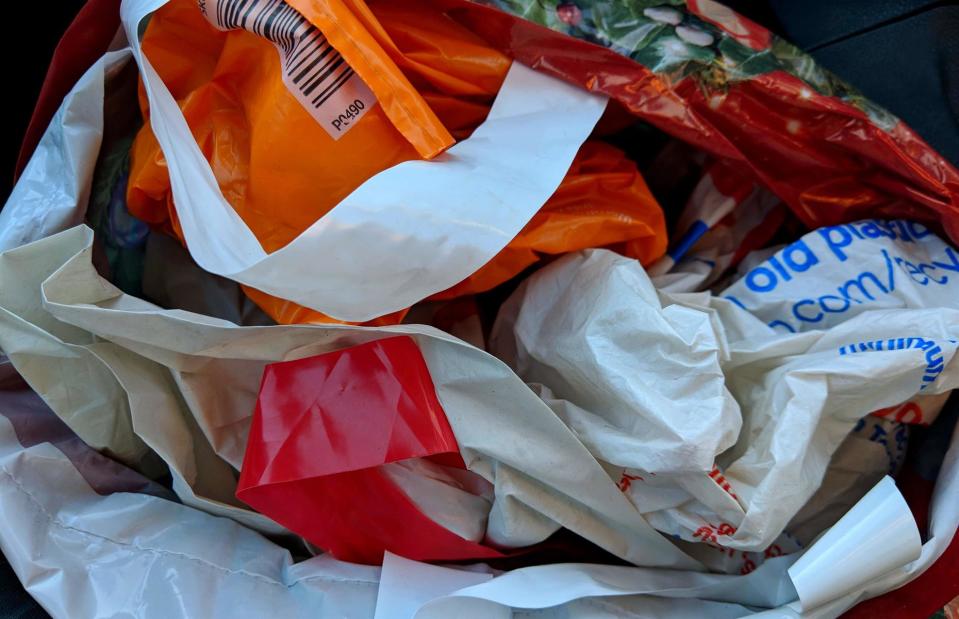
Eddie Jordan Photos/Shutterstock
Believe it or not, plastic bags were originally invented by Sten Gustaf Thulin in 1959 as a way to save the planet, as so many trees were being cut down to produce paper grocery bags. Sturdy and long-lasting, Thulin thought plastic bags would be reused again and again, but as we all know, most people regarded them as single-use and threw them away. Advice these days suggests we should reuse bags we already own until they finally break, when they can be repaired or recycled.
1960s: UHT milk
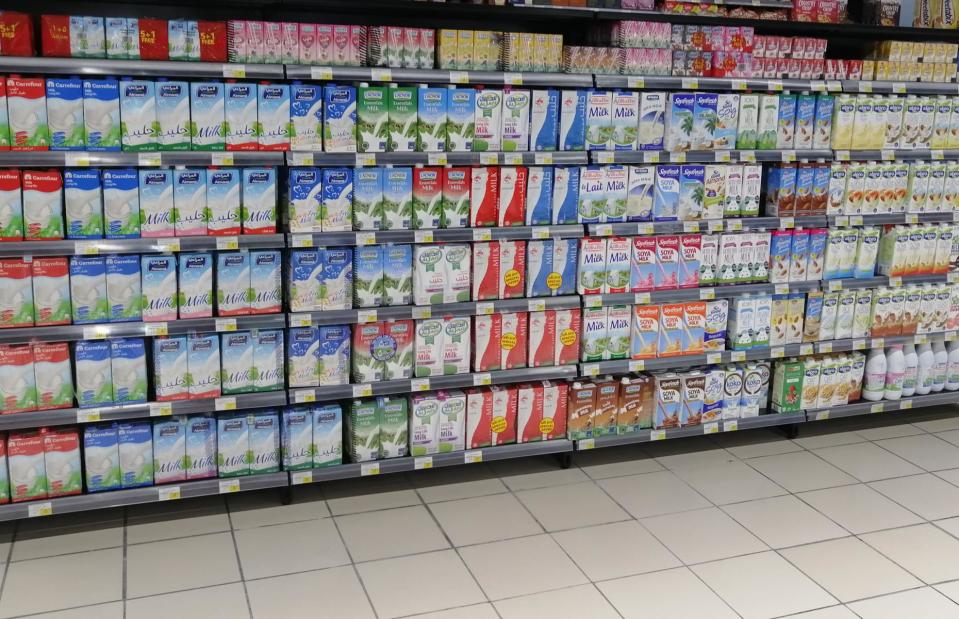
Shanid Chirammal House/Shutterstock
Although the process has been around for some time, it wasn’t until the 1960s that ultra-high temperature processing (UHT) milk was available in shops. Like tinned food in the late-19th century, UHT milk in cartons (usually in Tetrapack cartons, which were launched in 1952) was a revolutionary process that transformed the shelf-life of perishable products. Not everyone loves the taste, but in UHT form, milk can be stored at home for up to six months – an impressive feat from the usual average shelf life of fresh milk. The process was such a success it was later used for juices and soups.
1960: the microwave

Jonathan O'Reilly/Shutterstock
After a decade of instant and convenience food, the introduction of the modern microwave was seen as yet another time-saving miracle invention. Although the microwave was invented just after the Second World War, the first domestic microwaves (which were smaller and more affordable) were seen in homes in the 1960s, with the Amana Radarange, which could fit on a countertop, along with Sharp's first model with a turntable. It was, without doubt, an invention that would transform the way we eat and prepare our food for decades to come, cutting cooking times from hours to minutes. Although, there were some pretty dodgy recipes doing the rounds in the 1970s...
1970s: food processor
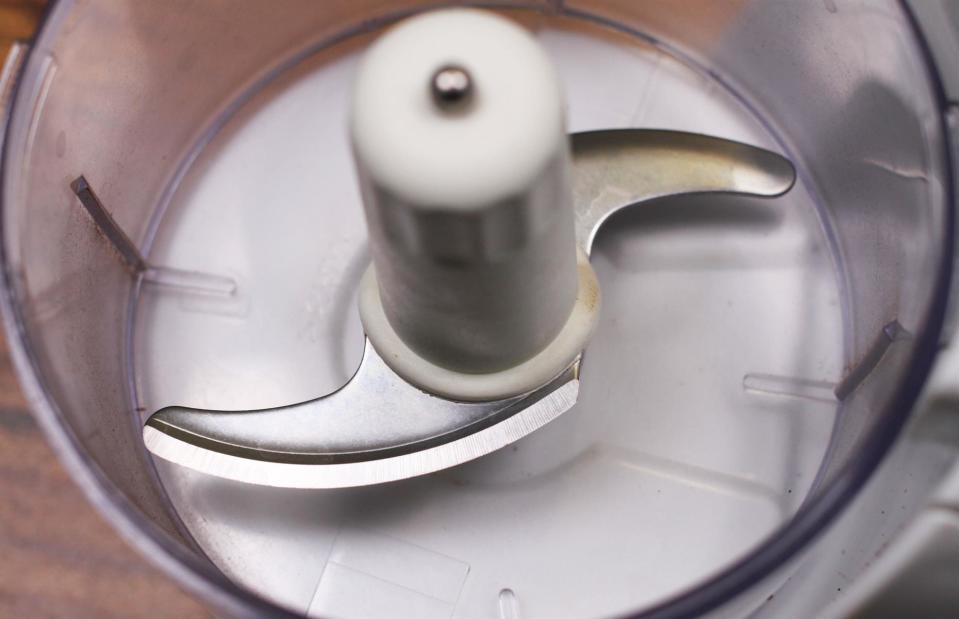
Litepix/Shutterstock
First premiered in 1971, the domestic food processor – created by Pierre Verdon and called Le Magi-Mix – is by far one of the most useful kitchen appliances. From chopping to dicing, blitzing to slicing, this kitchen gadget makes food preparation a dream, and unlike some countertop appliances which have come and gone, they remain a popular choice. Helping cooks save time in the kitchen seems to be the recipe for success, so it's no surprise food mixers were also a popular choice in the 1970s too.
1970s: Breville sandwich toaster
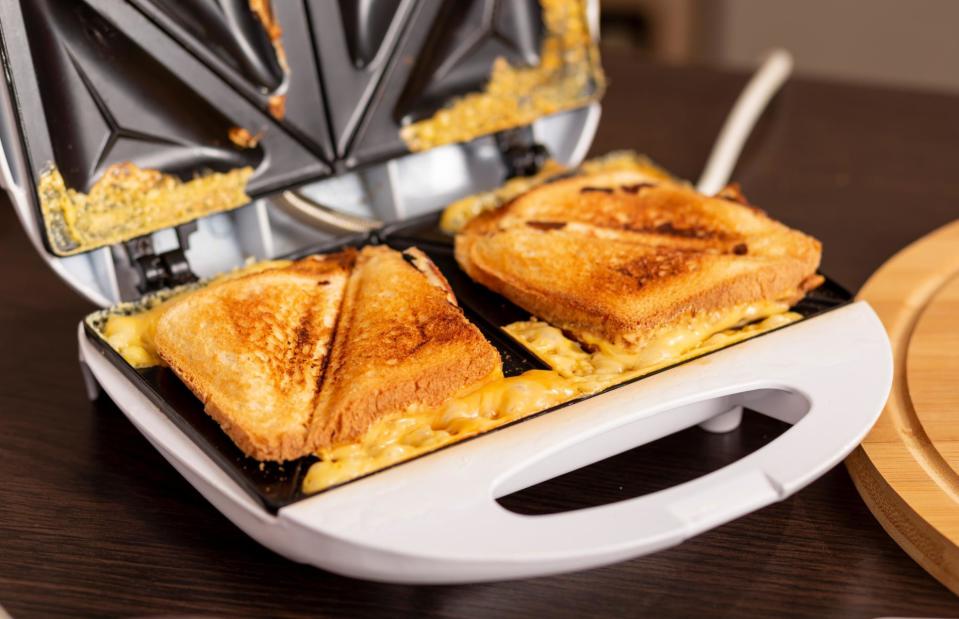
Impact Photography/Shutterstock
Nothing conjures up feelings of nostalgia like a Breville sandwich toaster. Invented in 1974, and popular right through to today, these toasters have the ability to elevate the humble sandwich into something fabulous. Even the Earl of Sandwich (who invented the concept of the sandwich in 1762) would surely be impressed by those triangle hot pockets of molten cheese inside two slices of crimped and crispy bread. Cheese and ham toastie anyone?
1980s: microwave meals
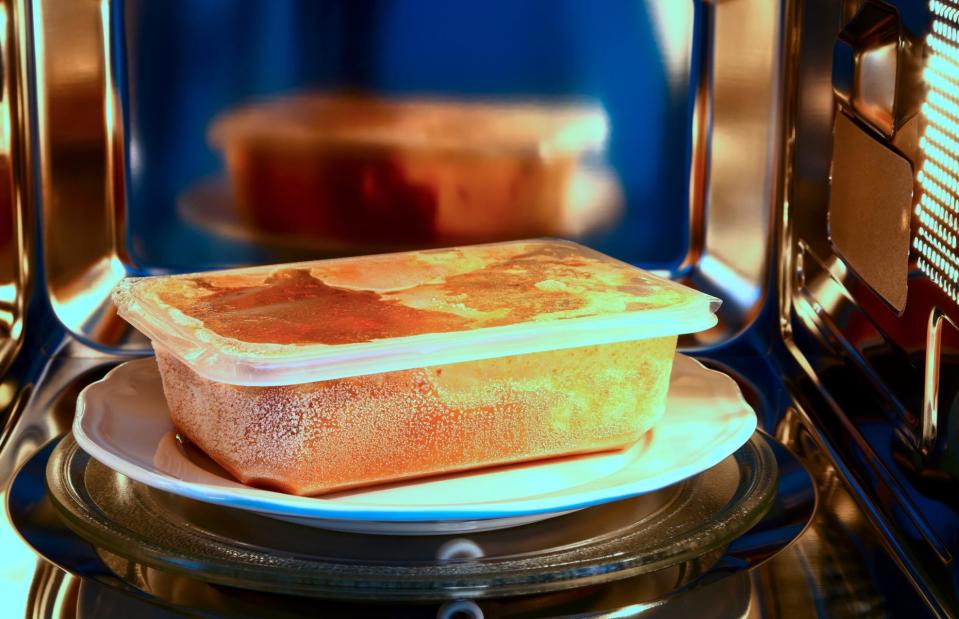
Andrew E. Gardner/Shutterstock
First came the domestic microwave, then came the microwave meal. Although the first ready meal appeared in the 1950s, it wasn't until the 1980s that Campbell Soup Company invented microwave-safe trays. Older ones had been made with aluminium. With more people owning a freezer and a microwave than ever before, the microwave meal was seen as the ultimate convenience. With no food preparation required and ready within minutes, it was little wonder the ready meal took off like it did. And of course, it still remains a popular choice for time-hungry workers today.
1980s: pre-packaged sandwiches
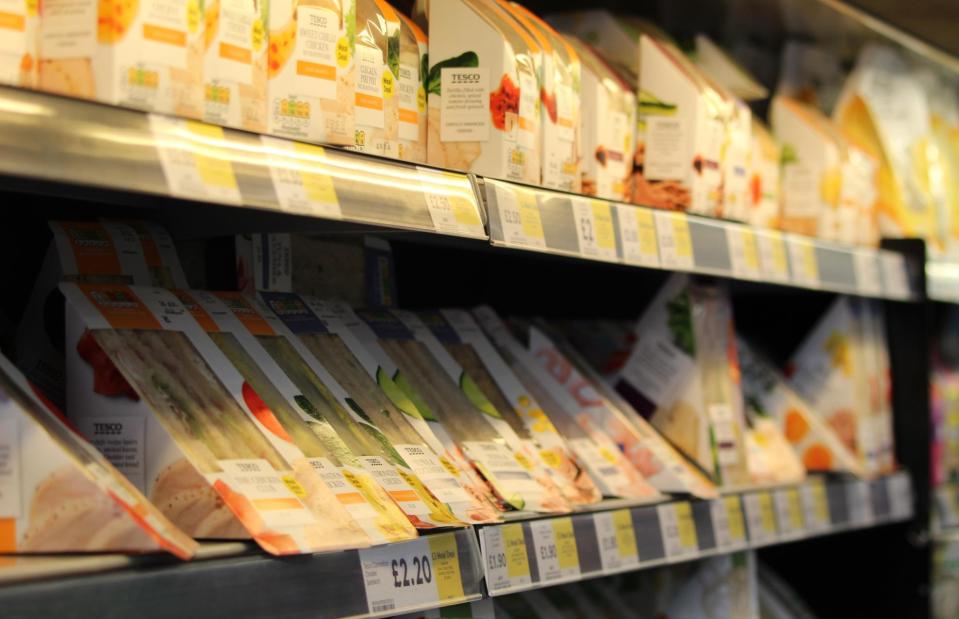
Serge Cornu/Shutterstock
While we're on the subject of sandwiches, let’s talk about department store Marks & Spencer and the phenomena of the pre-packaged sandwich that it brought to the high street in the spring of 1980. Recognising a gap in the market to feed those hungry city workers away from their desk, Marks & Spencer grasped the idea with two hands and packaged it up neatly in a triangle box. Welcome to the world of egg mayonnaise, prawn, and tuna sandwiches, not forgetting the classic BLT and coronation chicken sandwich too.
1990s: snacks
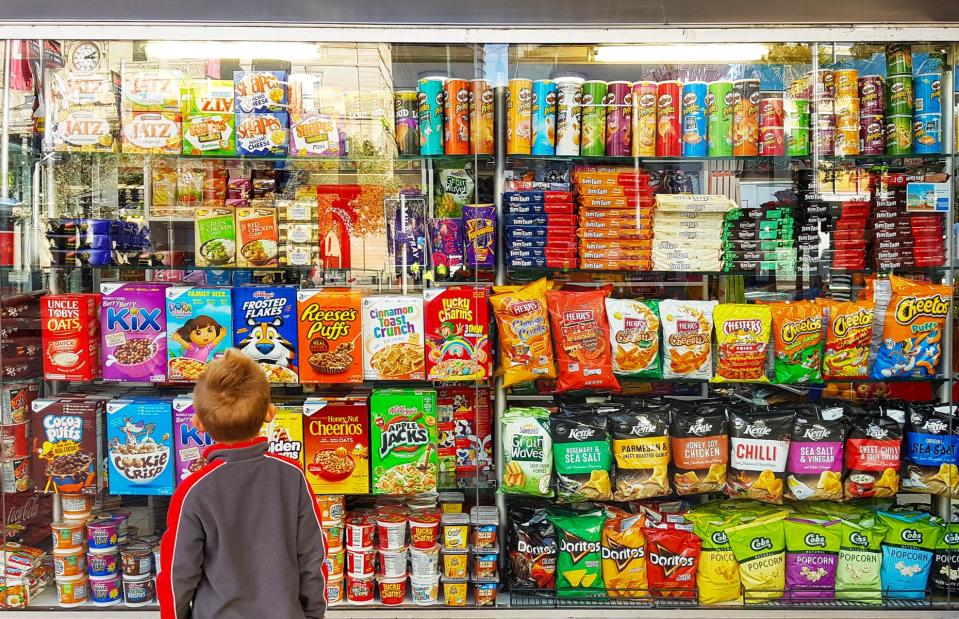
Icosha/Shutterstock
Snacks and sweets in the 1990s were some of the best, with Cheesestrings, Lunchables, Frubes, Rainbow Drops, Fruit Winders, Popping Candy, Iced Gems and Gobstoppers to name a few. These almost science-experiment like sweets and snacks reflected the decade of pop music, bright colours and flavours – they were bold, brash and undeniably "out there". Although tasty, they weren’t exactly nutritious, but of course, children loved them.
1990s: online recipes

RossHelen/Shutterstock
The advent of the internet in the 1980s was a gamechanger, and by the 1990s it was really starting to make its mark. The rise of search engines, such as Google, made it easier to navigate the world wide web, and before long, searching for a recipe online became the norm. Cooking websites and blogs started making their mark in the culinary world too, opening up a new route of communication for people to talk about food, share recipes and compare techniques, no matter where in the world they were.
1990s: PG Tips pyramid tea bags
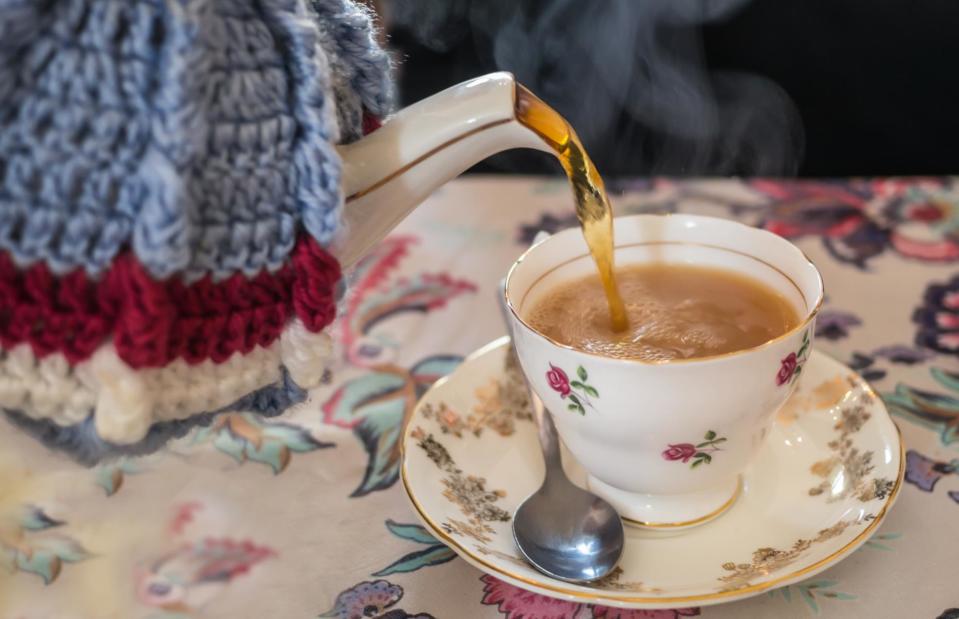
Christine Bird/Shutterstock
The launch of PG Tips pyramid bags in the 1990s was seen as a breakthrough in teabag design. Using a pyramid – or tetrahedron – shape teabag was nothing short of a revelation. It was, however, the iconic family of chimps in its TV advertising campaign that won the hearts of the nation (although the zoo involved has since said the use of apes was wrong). Of course, the real chimps were replaced in later years by the puppet Monkey, who, just like his real-life predecessors, won the hearts of the nation too.
2000s: rise of the celebrity chef
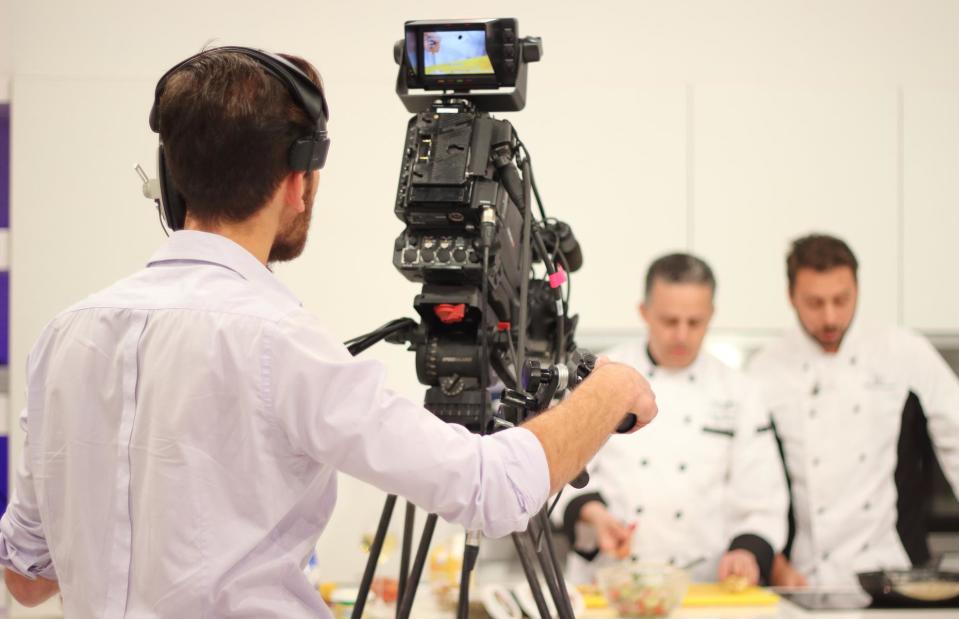
Mar's Photography/Shutterstock
As the 1990s came to a close, TV series including Ready Steady Cook, MasterChef, The Naked Chef, Nigella Bites, and Two Fat Ladies had set a precedence for daytime viewing and a new type of celebrity was born – the celebrity chef. Walking in the steps of TV’s first chef Mr Philip Harben, who rose to fame in the 1940s on the Simply Cookery show, by the early 2000s, a new wave of household names were on the cards, with Jamie Oliver, Gordon Ramsay, Ainsley Harriott, Hugh Fearnley-Whittingstall, Marco Pierre White, Nigella Lawson and Guy Fieri to name a few.
2000s: juicers

Proxima Studio/Shutterstock
Juicers have – believe it or not – been around for nearly 100 years. Although they have gone in and out of fashion throughout the decades, the 2000s saw a fruit juicer resurgence: juicers and smoothie makers were officially back in. Along with a steady stream of fitness videos and celebrity diets, the campaign for getting your five-a-day kicked off this decade. The ability to extract juices from fruits and vegetables, keeping in all the nutritional goodness, meant they were seen as a must-have item.
2010s: air fryers
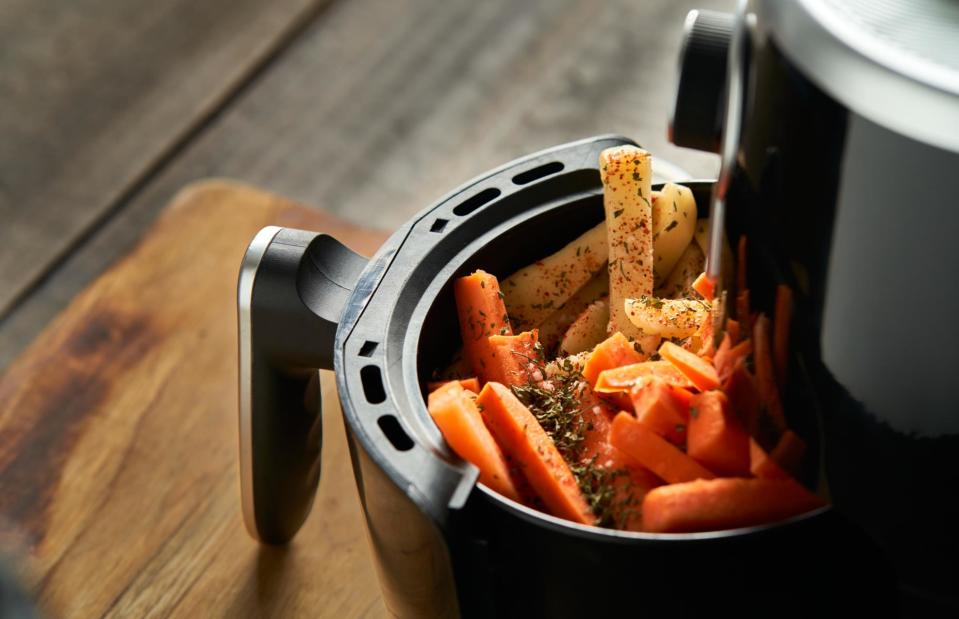
Francisco Zeledon/Shutterstock
From one countertop appliance to another... the air fryer. Although the concept has been around for 100 or so years, it wasn't until Phillips launched its Airfryer in 2010 that things really started to heat up. Hailed as a healthier way to eat fried food, this kitchen gadget has become a firm favourite with cooks around the world. Searches for air fryers have even overtaken the beloved Instant Pot. You can use them to cook anything from corn on the cob, to lobster tails, pasta and steak.
Now discover restaurant dishes from the decade you were born


